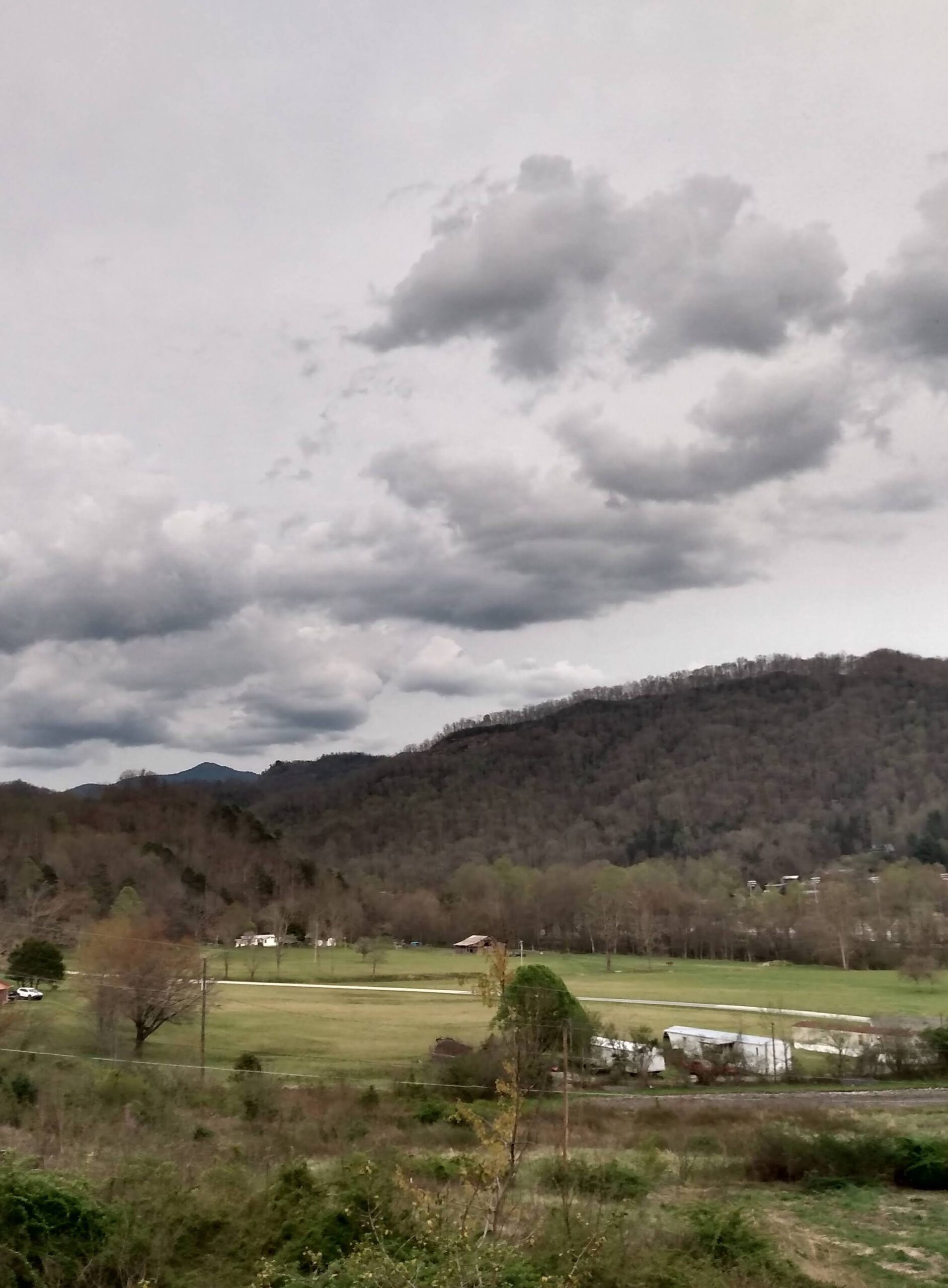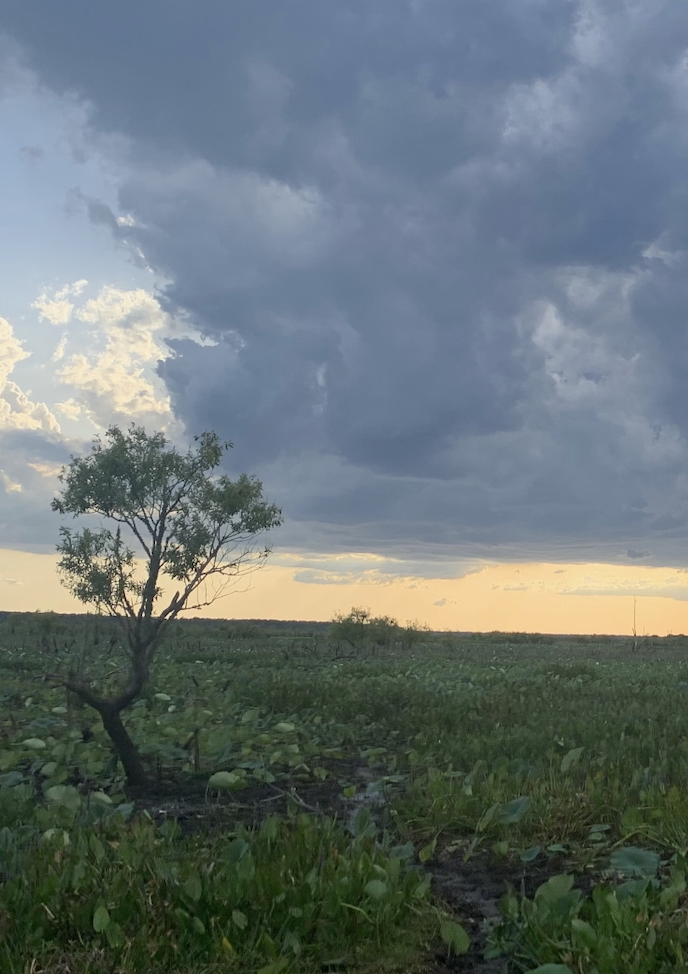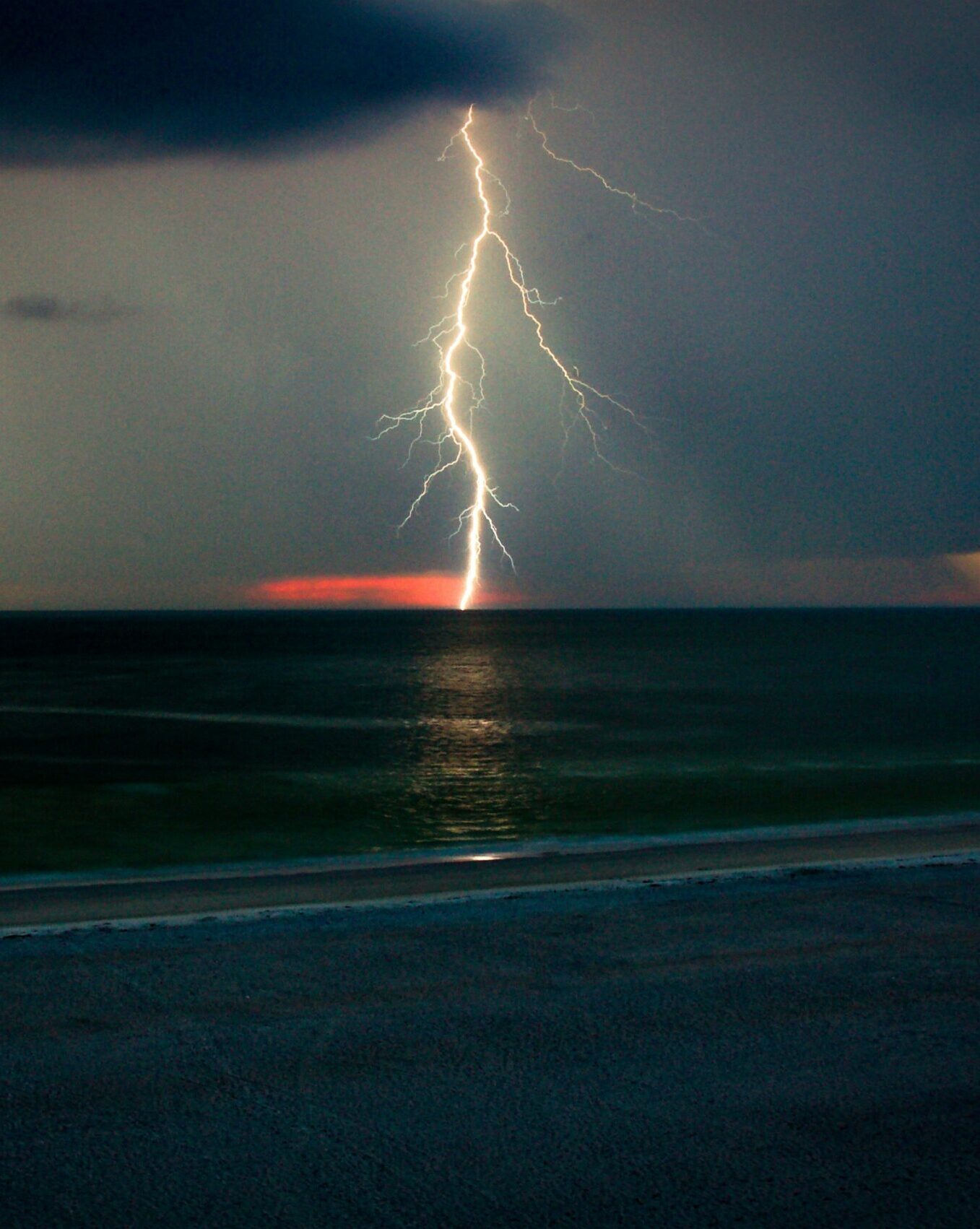
Photo courtesy of author.
Cherokee, NC and Phoenix, AZ
As a child, I watched horror movie after horror movie. An attempt to make myself brave or to make others think I was. And now, I fear I’m manipulative because how much can a person really change. Bones and weight and cartilage can only be altered to certain degrees.
When it comes to film, body horror disturbs me the most. Things that happen to a person’s body without their permission. And sometimes they don’t notice until their bodies are so acted upon that they are grotesque, twisted, so completely othered with pain they are no longer sovereign, but colonized by something outside of themselves.
*
The prefix para can be added to a word to create miscellaneous terms in the sense ‘analogous or parallel to, but separate from or going beyond, what is denoted by the root word.’
*
The title of the movie is unneeded. Despite its little-known actors and B-list plot, it has followed me into adulthood.
The movie tells the story of a single mother trying to keep her small family afloat. She runs a mortuary out of a new-to-her home, uses a textbook to accurately embalm deceased locals.
*
The idea of and the practice behind embalming has always made me uneasy, has always made the small hairs of my body stand on guard.
After death, my body will not need my body. I am an organ donor and encourage others to do the same. But the thought of my internal fluids being removed and replaced with formaldehyde mixtures seems (obviously) unnatural and, in most cases, unneeded.
I want my body to decompose as organisms ought to decompose. I would also prefer to release as few chemicals into the surrounding ecosystem as possible. There is a comfort in the idea of being worm food, in giving back to the earth that shaped me. To me, this is peaceful. Natural.
*
Paranormal as in outside or beyond what is natural or deemed normal by society.
*
The mortuary houses something evil and a green goo invades the home and its inhabitants. Both living and dead, creating zombie-like creatures who must spread the substance which in turn spreads more death.
In one scene, the mother turns her back on a cadaver she is clumsily embalming. The sentient green takes the opportunity and moves toward the unattended equipment, replaces the formaldehyde in its canister, finds its way into the probe-like instrument that directs the new fluids into slowly decaying veins.
The body on the mental gurney exists only to push the plot forward.
*
See: I am paralyzed by fear.
*
When I lived in North Carolina, less than an hour from the reservation my grandmother grew up on— where she is now buried, and her living siblings still reside— my friend and I used to joke about smallpox blankets. Our morbid humor distracting us from the glances she and her young son received in Asheville and other smaller local towns.
Distracting me from the comments about Indians and casinos and big money I heard on our college campus because no one assumed I was Native. Only after a classmate learned of my Indigeneity did I hear shushes when turning hallway corners.
*
Sometimes colorant is added to the preservatives to give the deceased’s skin the appearance of life. A warm hue that will give others comfort during open casket viewings.
And maybe the saying is true. Funerals are really for the family—a way to kickstart the mourning process, a way to see with one’s own eyes that the dearly departed is no longer among the living. In the typical sense.
Embalming (and after-death cosmetics and the nice final clothes) are just a way to make the realization a softer blow.
But here, I am conflicted: Do the departed ever truly depart?
*
It is easy to think of home goods covered in gelatinous green, some obvious tell-tale sign to steer away from. Don’t touch the grocery cart handle if it’s beaded in wet neon. Treat everything like poison dart frogs—even people. Don’t end up the consequence of someone else’s actions.
Unfortunately, people are not as kind as frogs or spectral goo. Many lack any warning colors at all—imagine a traffic light, the incandescent orange and red rendered only green.
*
There are TSA and CDC regulations for transporting a body from one location to another. The casket with its inhabitant must be placed in a leak-proof container to prevent the spread of infectious diseases and hazardous fluids.
The thought of organizing such transportation was nerve-wracking when my grandmother died unexpectedly in her Phoenix home. Her one wish: to return to Cherokee, not wanting to be buried in the god-forsaken desert. It felt like moving a body across so many state lines should have been far more complicated than giving an Arizona funeral home the name of a North Carolina counterpart. (And of course, paying extra fees. Including purchasing the aforementioned leak-proof container.)
Because the same funeral homes were used, making arrangements thirteen months later when my mother was killed, was even simpler.
Both my grandmother and my mother were embalmed to meet the requirements of the states they would be traveling through and to.
*
Para. I am not beyond grief. But stuck in one of its layers. Every time I think I’ve escaped, there’s another sequel.
A never ending.
*
Before our journey to western North Carolina for my grandmother’s funeral and burial, we held a visitation and prayer service in Phoenix—the place she had lived most of her life, where she raised my uncle, mother, and me.
The day before the visitation, my mother took it upon herself to be the first to see my grandmother after she was embalmed, dressed, made to look like an uncanny version of herself. Her but not her.
My mother bit the bullet.
She also very gently told my sister and me that my grandmother’s body had been visually altered by the embalming process. Her jowls, loose belly skin, and the skin scarred from surviving a kerosene fire as a child, had filled with chemical fluid. This had resulted in my grandmother looking bloated and heavier than she was. Though I have no idea how her body was stored or treated, it appeared her nose had been pressed by whatever covered her. The tip of her nose was pushed upwards, animal-like. Even after death, her body was acted upon not only by outside forces, but by the hands and actions of others.
I do not think the color of her skin had any impact on how her body was treated by the funeral home, but to see the body of the woman who raised me disfigured was a pain I can’t describe—to see the body of an Indigenous woman disfigured was another pain but one that didn’t feel as foreign.
Maybe certain pains are muscle memory.
By the time my grandmother’s body arrived in North Carolina, the embalming fluids had settled. Her nose looked much more like her nose. It was not lost on me that she looked more herself when returned to her ancestral home.
*
As a prefix para can indicate something is closely related to something else or closely resembles that something else.
I am not beyond generational trauma but closely related to it. Chemical markers altering genes to the point that I resemble trauma.
A colonization.
*
I never thought I’d have to call an M.E.’s office, but so many things are outside of my control. The mandatory autopsy was completed, and my mother’s body was deemed fit for an open-casket viewing. Though he told me no specifics, the medical examiner said my mother’s death was due to severe internal injuries.
A car running a red light, her F150 hit with enough impact to flip it into a canal adjacent to the street. Her death near instantaneous.
When my mother died, I bit the bullet.
Despite the M.E. and funeral home director’s reassurances, my family wanted to make sure my mother’s body was suitable for visitation. It felt like the last way to give her some dignity.
I made the final judgment.
*
The family’s teenage son, young daughter, and the teen’s townie love interest appear to have escaped the mortuary, as well as the mother—controlled now by the goo foaming her mouth.
Along with the audience. The three survivors sigh with relief.
In the moment, the ending is happy.
*
My sister and I did not read the pamphlets closely enough, did not see that funeral homes recommend the deceased wear long sleeves. In a plastic grocery bag, we handed over our mother’s last outfit. This included the multi-colored teal dress she’d worn for family pictures four months earlier. The teal had reminded her of peacocks and the dress’s quarter-length sleeves exposed a deep purple bruise on her left forearm.
In the typical pose, my mother’s hands were positioned across her stomach—one over the other. Many of her fingers were black from broken bones and blood pooled beneath the skin. She only looked slightly bloated from the embalming fluids. With a fuller face, she looked so much like my grandmother it was almost uncanny.
By the time we arrived in North Carolina, my mother looked chalky and the skin on the top of her hand was wrinkled. I believe this was a mix of dehydration and layers of makeup also drying.
She had never looked so pale.
The director of the Cherokee funeral home remembered my sister and me from the previous year. Gestured to us during his welcoming statements. We were sitting in the same front pew.
This time motherless.
*
Para can also mean something is faulty or abnormal. Or para as in parasitic—as in I’m drained of energies.
*
When talking about my grandmother’s passing, my mother said I handled emergencies and grief like her. This means I do what needs to be done. This means I keep myself so busy grief settles in only at night or in the lulls between tasks—in the graduate student group office, on walks from campus to my house or to a coffee shop, or when I’m sitting on the couch not distracted enough by television and my partner doesn’t answer the phone.
*
The movie ends with false hope.As relief rushes over us, the lush green lawn breaks open—an underground maw.
Screams. Then the survivors are gone.
Enveloped.




